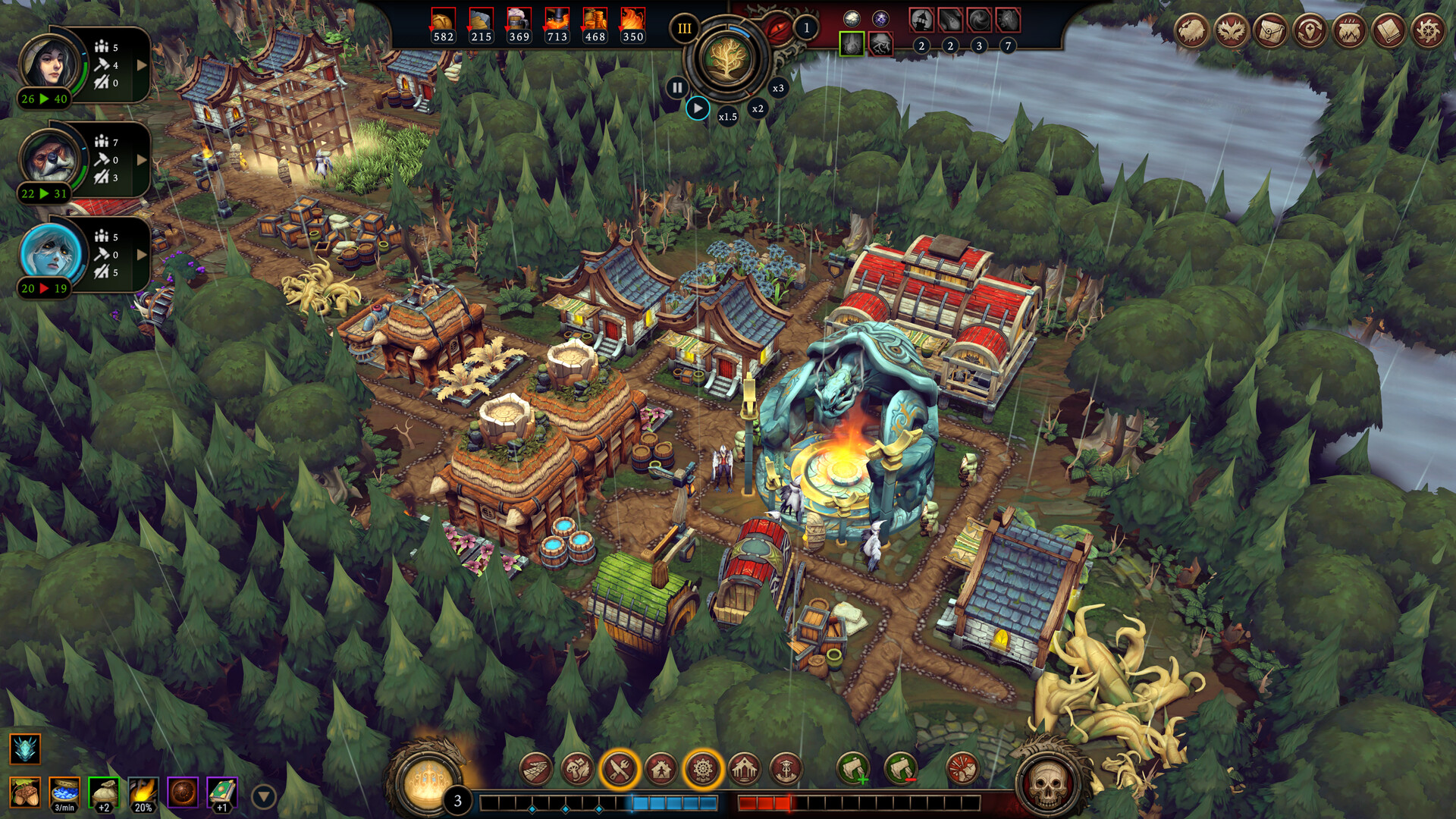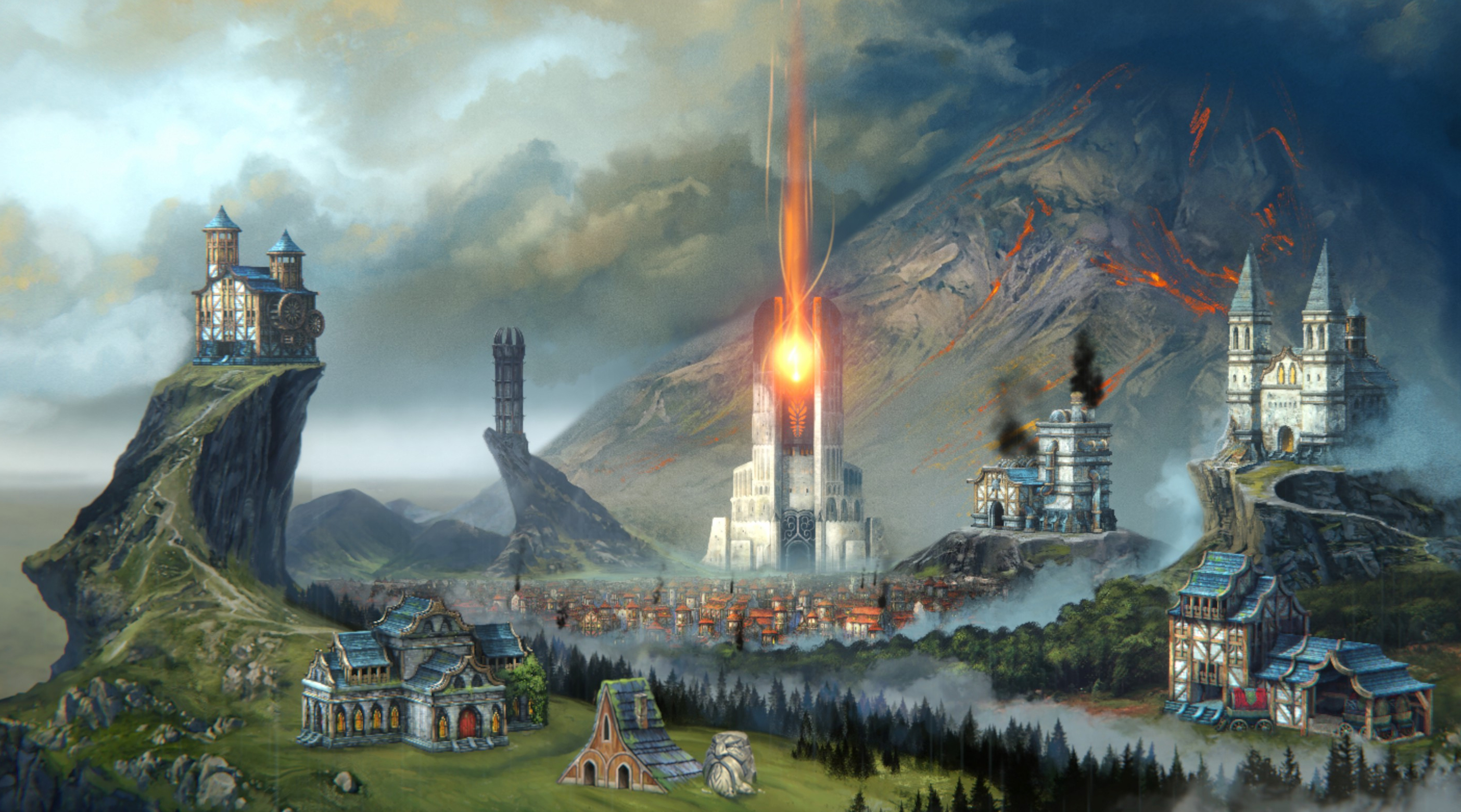
In addition to our main Game of the Year Awards 2024, each member of the PC Gamer team is shining a spotlight on a game they loved this year. We’ll post new personal picks, alongside our main awards, throughout the rest of the month.
The purpose of a personal pick is to give some extra love to a game of 2024 that didn’t make it into our main Game of the Year awards—a game that, despite it all, we feel deserves some more attention. And yet, I’ve decided to cheat. Against the Storm did not release this year. Rather, it released December of last year—after we’d already locked in our GOTY picks for 2023. And that’s a shame, because—if it had come out a few months earlier—it would almost certainly have been a lock for one of our main awards. Simply, it is one of the best city builders I’ve played.
When I first started playing, I didn’t really know what the game was. I expected something cute and cosy—you get animal folk as your citizens after all. A chill time, maybe a little darkness and foreboding for flavour. I couldn’t have been more wrong. Against the Storm is devilish in its details, its structure finely honed to do away with the downtime usually typical of the genre. It doesn’t look like it at first, but there is an amazing amount of depth and complexity here.

The magic lies in its roguelike structure. You set out into the forest with a small caravan of civilians, and try to carve out a homely little settlement—keeping your people fed and entertained while creating goods for building and trade. So far, so standard. But wait: the forest doesn’t want you here. Each year is divided into three seasons, and while the first two are pretty chill, the third—storm—is where the forest exacts its revenge. As your town grows, so does the hostility of the forest, and thus the number of bad things that can happen during the storm. These modifiers are randomly rolled, and range from inconvenient, like villagers moving slower, to downright dangerous, like villagers dropping dead if they don’t have access to housing or complex food or leisure and services.
The forest hurts, but it isn’t what kills you. The real threat is your benefactor, the queen—the mysterious figure tasking you to go out, reclaim the forest, and reforge the ancient seals. As you complete tasks and make your citizens happy, your reputation grows. Gain enough reputation and, good job, you win. Conversely, as time passes or your citizens leave from harsh conditions or even die, the queen’s impatience grows. Gain enough impatience and, oh no, you’re done.
This balance—this struggle between reputation and impatience—is more than just an extra layer of flavour on top of existing mechanics. It sets the whole tone for what you need to do. Stability? Sustainability? Sensibility? No, not here. You’re in a race for the queen’s approval, and nothing else matters. Nothing is permanent—the resource nodes you find are limited—and so the onus is on you to reach your goal just before everything goes wrong. A good run of Against the Storm feels like you’re just about on top of everything you need to do—just enough workers to process just enough resources to create just enough goods to make your people happy enough to earn the final few reputation points needed to win. Usually when I see the end screen on any particular settlement, it’s with the surefire knowledge that, had it taken even one more in-game year, everything would have fallen apart.

This sense of impending danger is heightened by the fact that, when you start out, you don’t even know what buildings you’ll have access to. You gain access to blueprints by hitting milestones along the reputation bar, but each choice is limited. You can pick one of three options, all randomly rolled. Maybe your settlement has humans and foxes, both of whom get a happiness bonus from porridge. Maybe you’ve even got the right base ingredients. It means nothing if you’re not offered the blueprint for a cookhouse or beanery.
Rather than feel frustrating, though, that randomness instead systematises the need for adaptability. Each citizen type has multiple needs—meaning there are always multiple routes to happiness. And, if you get really unlucky, and your blueprint draws won’t satisfy any of your people, there are still some options you can take. Traders regularly visit your settlement, selling both goods and passive bonuses. As you cut through the forest you open new glades, each containing new events with rewards if you complete them—and harsh penalties if you fail. There are multiple ways around every problem, even if some require more work than others.
That’s the trick to Against the Storm. Its randomness feels more than just a gimmick. It cuts down on the downtime of city builders—the endless striving for perfection and efficiency—and lets you focus on making something quick and dirty, and then abandoning it before everything falls apart. And thanks to the multiple different biomes, species and random modifiers, there’s always a new challenge to overcome. I’ve been slowly working through the difficulties—each adding more complications and systems—and am now embarking on my first prestige run. As I near 100 hours with the game, I’m not slowing down. If anything I’m even more excited to start a new settlement and carve out a temporary home surrounded by a forest that hates me.






